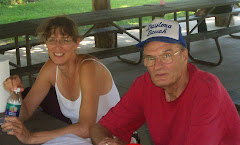Lowercase cursive, in a logical order.
Before teaching each letter, show the child where the printed letter is "hiding" in the cursive letter.
Also have a strip or poster of nicely-written cursive letters on the table or on the wall, for the child to refer to.
These first seven letters can be taught individually and then easily connected to each other.
e, l
i, u, t
m, n
Write some combinations:
Men. Let. Net. Eel. Mutt. Mile. Time. Et cetera.
Now they get a little harder.
Also show how some letters connect to each other at a higher point instead of on the baseline:
o, b, v, w.
Teach the grouping: c, a, d, o
All four begin the same way.
You know "u."
Build off it to form v and w.
You know "l."
Build off it to make h, k, b.
Use "a" and "i" and "u"
with the below-line loop
to make g, j, y.
Teach the backward, below-line loop
to turn "l" into f
and "a" into q.
weirder ones:
p -- starts sort of like the end of a skinny "g" but then circles
r -- starts sort of like "i" but heads off to the side and then turns a corner down
s -- starts sort of like "i" but finishes with the southeast quarter of "8"
x -- half an "n" and then cross it
z -- starts like an "x," but add a corner and then end like "g"
Make sure lower-case is well-learned (with words too, not just individual letters) before adding capitals.
Capitals that are generally like lower-case cursive, but bigger:
a, c, k, m, n, o, p, u, v, w, x, y, z
Capitals that are very like the printed letter:
b, h, l, q, r
Other capitals that will need a bit of teaching:
d, e, g
i, j
f, t
s
Monday, August 04, 2014
Subscribe to:
Post Comments (Atom)



No comments:
Post a Comment